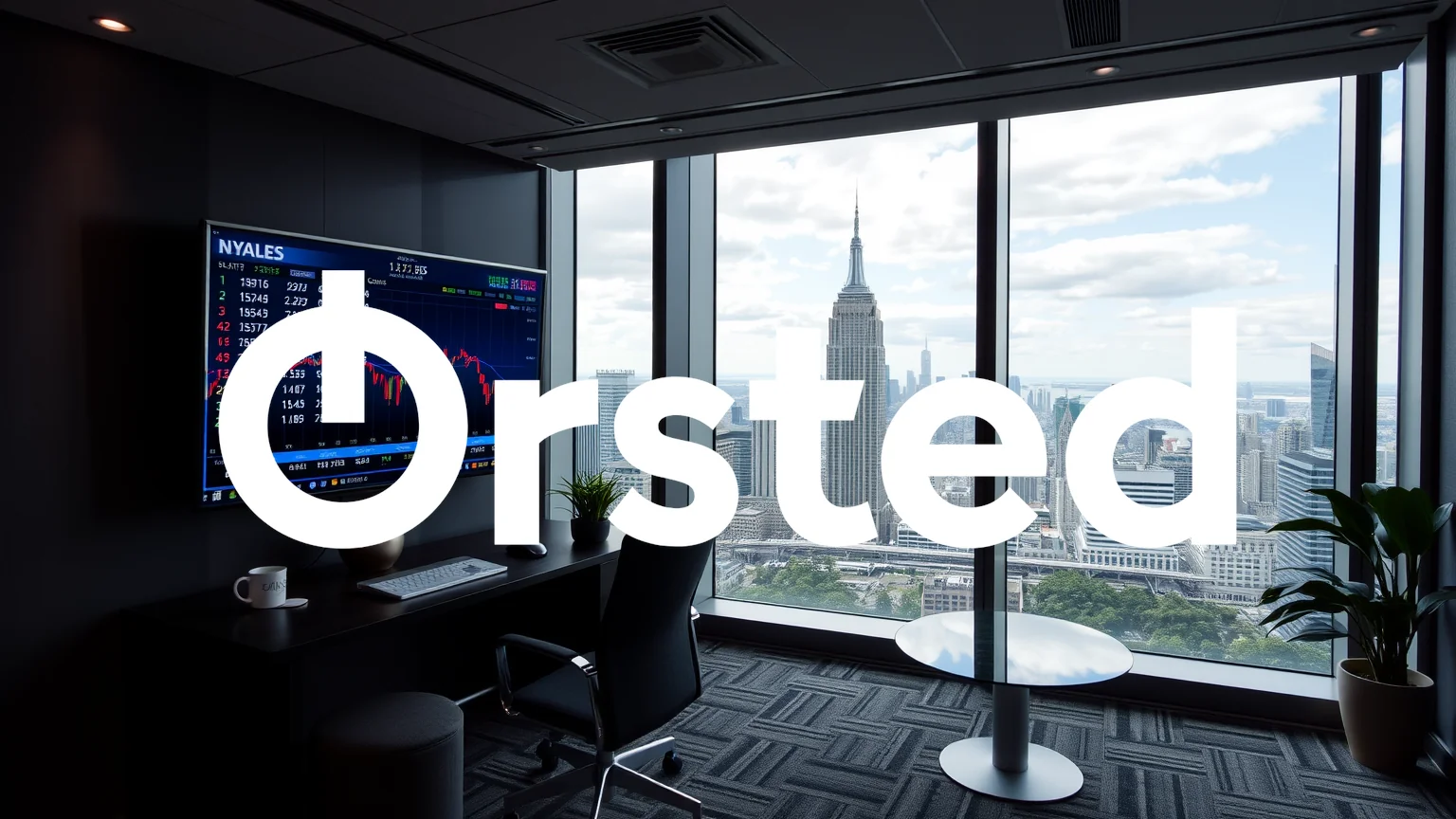Procter & Gamble presents investors with a puzzling scenario. The consumer goods behemoth has delivered its fortieth consecutive quarter of organic sales growth while simultaneously announcing its sixty-ninth straight annual dividend increase. Despite this impressive track record of performance and shareholder returns, the company’s stock has descended to its lowest point in fifty-two weeks. This divergence between operational success and market valuation raises a critical question: is the market overlooking a significant buying opportunity?
Shareholder Rewards and Financial Performance
The company’s commitment to returning value to shareholders remains unwavering. During the first quarter of fiscal year 2026, Procter & Gamble distributed a total of $3.8 billion to investors through multiple channels:
- Dividend payments totaling $2.55 billion
- Share repurchases amounting to $1.25 billion
- A newly established quarterly dividend of $1.0568 per share, payable from November 17, 2025
This consistent approach to shareholder returns underscores management’s confidence in the business model. For the full 2026 fiscal year, the corporation plans to return approximately $15 billion to shareholders, with dividends expected to constitute about $10 billion of that total.
Operational Strength Meets Market Skepticism
Financially, the company demonstrated solid performance across key metrics. First-quarter net sales reached $22.4 billion, representing a three percent increase. Organic growth, which excludes impacts from currency fluctuations and acquisitions, stood at two percent. Adjusted earnings per share climbed three percent to $1.99, surpassing analyst projections.
Should investors sell immediately? Or is it worth buying Procter & Gamble?
Operational efficiency remained robust despite headwinds. The core operating margin held steady despite unfavorable product mix effects and elevated commodity costs. When adjusted for currency impacts, the margin actually expanded by 40 basis points, highlighting the organization’s stringent cost discipline and productivity gains.
The Valuation Paradox Explained
The central contradiction emerges from the stock’s performance relative to its fundamentals. Since the beginning of the year, Procter & Gamble shares have declined by more than 21 percent. The current trading price sits below both the 50-day and 200-day moving averages, traditionally interpreted as bearish signals.
Market apprehension appears centered on medium-term prospects. While management projects organic sales and profit growth of up to four percent for the full year, they have signaled plans for increased investment in innovation and marketing campaigns, particularly in the U.S. and European markets. Additional restructuring costs are also expected to impact bottom-line results.
The institutional investment community reflects this uncertainty through divided positioning. Some major investors are expanding their holdings while others are reducing their exposure. The current market sentiment seems to be balancing the company’s long-term business quality against short-term margin pressure concerns, with caution prevailing for now.
Ad
Procter & Gamble Stock: Buy or Sell?! New Procter & Gamble Analysis from December 22 delivers the answer:
The latest Procter & Gamble figures speak for themselves: Urgent action needed for Procter & Gamble investors. Is it worth buying or should you sell? Find out what to do now in the current free analysis from December 22.
Procter & Gamble: Buy or sell? Read more here...











